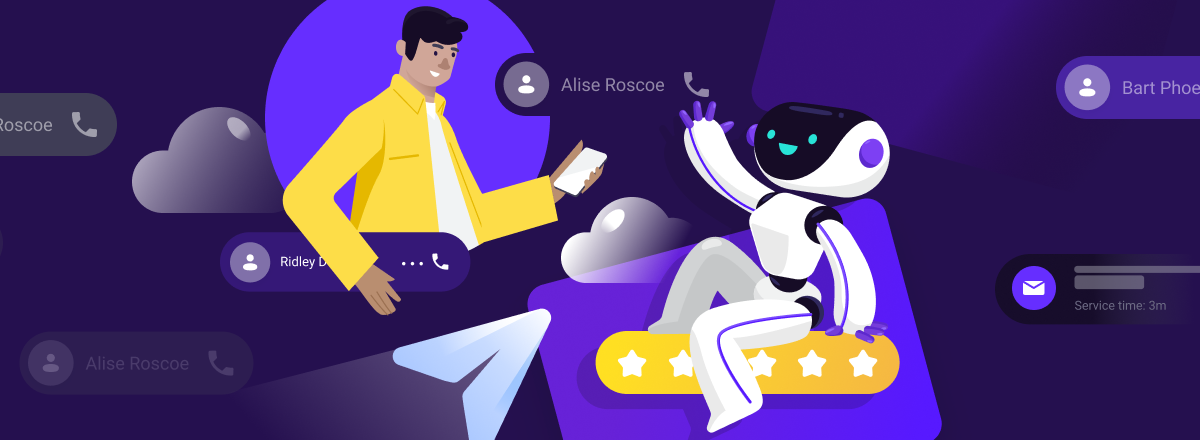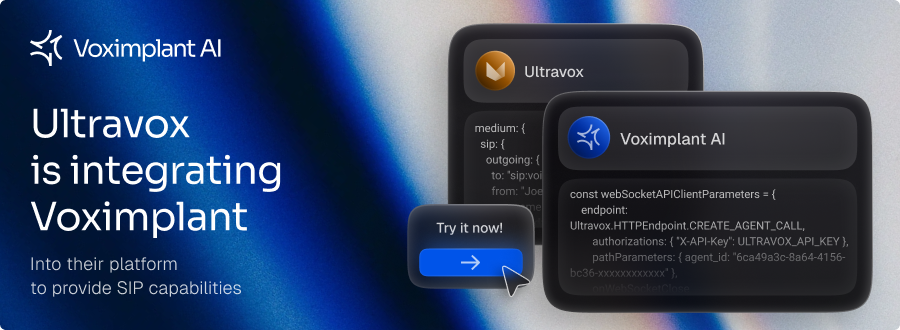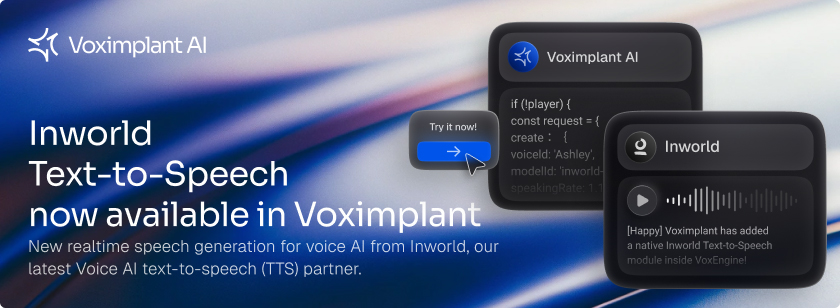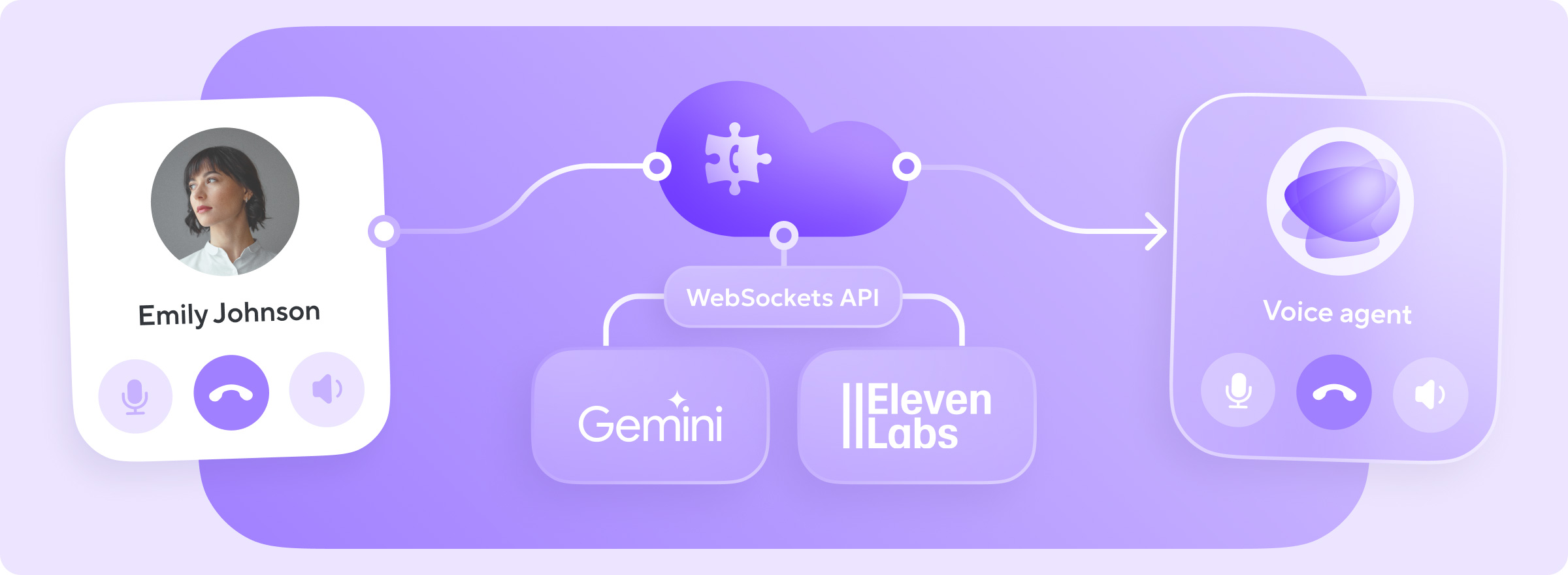When most people think of customer service communications, they probably think of customers calling in to a customer support department. But there are times when you need to make the first move in communications on behalf of your company and give your existing and potential customers a ring.
Many companies’ customer outreach strategies include calling customers to deliver appointment and payment reminders or making follow-up calls to receive customer feedback. But the part of your business that may benefit from an optimized outbound call strategy the most is sales. According to a 2020 survey of 400 sales professionals, over half of respondents say that connecting with new prospects has become increasingly more difficult over the past five years. One reason why salespeople find it harder to get in front of new prospects is that people answer sales calls less than they did before.
Despite the decrease in answered calls, 41.2% of sales professionals who responded to the survey claim that outbound calls are still an effective method for connecting with prospective customers. With all of this data in mind, it’s clear that enhancing your outbound call campaigns and customer outreach strategy is vital to connecting with consumers.
Whether you’re reaching out to your current customers or are trying to connect with leads, truly successful outbound calling initiatives should help both your customers and your business. The key to an effective outbound call strategy is garnering insights from customer data with the right technology. Look for communication tools with the following features to make your outbound calls more helpful, faster, and more personal.
1. Increase call center efficiency with a predictive dialer
A predictive dialer is an automated call dialing system that allows live agents to connect with more customers quickly and efficiently. Unlike standard auto-dialers that dial one number at a time, predictive dialers place multiple calls simultaneously.
Using a preset algorithm that tracks live agent availability and the average call answer time, predictive dialing systems batch outbound calls. When a recipient answers the call, they are then connected to the first available live agent. Predictive dialers can predict how active a call center is at any given time, enabling them to modify their auto-dialing pace accordingly. So when a call center is busy, the predictive dialer will slow down the rate at which it makes calls to ensure that call recipients aren't waiting for a live agent to connect once they answer. Predictive dialers track call center activities in real-time such as average call length, the number of unsuccessful calls made, and how many outbound calls were attempted before making a connection.
Because predictive dialers can use call center information in real-time, agents spend less time waiting to connect to leads and more time reaching prospects and making sales. Voximplant’s predictive dialing system can connect to an automated call distribution system making it easier to optimize your call center’s efficiency and maximize your call center’s productivity.
2. Integrate your CRM for full access to customer data
Integrating your CRM into your call center speeds up the calling process. Agents never have to worry about manually dialing—when an agent’s done with one customer call, the system directly assigns the next call in the pipeline.
Plus, the CRM integration gives agents easy access to everything they need to know about customers—from recent transactions to trends in order amounts—in a unified database. CRMs track customers as they go through the sales funnel and can provide powerful insight (in terms of metrics) into the effectiveness of your outbound call campaigns, so you can make improvements to your outreach.
12Go, a travel consulting company founded in Singapore, needed a tool that would give its agents access to information in its CRM database as well as new customer information in real time, as it came in. Voximplant provided a custom solution that meshed seamlessly with its self-written CRM.
“As a result, we have a fully working system for handling incoming and outgoing calls," said Arseniy Vasylenko, Chief Support Officer at 12Go. With Voximplant’s integration, 12Go’s support staff was able to immediately see the entire history of a customer during the call.
3. Automate your outbound call campaigns with smart IVR
Smart interactive voice response (IVR) is technology that automates communication with a customer. In outbound campaigns, it enables you to collect information from the callee by instructing them to choose from a number of options or prompts. It’s ideal for automating customer surveys, soliciting contributions to a non-profit organization or political campaign, and delivering overdue payment notices.
There may be times when you have to follow-up with prospects who’ve shown a clear interest in your product or service. For example, if someone provided their contact information to gain access to gated content on your site, you’d want to reach out to them and hop on a sales call, right? But calling every person who downloaded your content isn’t an efficient use of your time because chances are, not everyone who gave you their contact information is qualified or interested in making a purchase with your company. This is where automating your outbound call campaign with smart IVR comes in.
Smart IVR is helpful with outbound lead qualification. Instead of members of your sales team dedicating hours to calling everyone who accessed your gated content—including people who are ineligible to purchase your product—you can use voicebots to ask leads qualifying questions first. Based on the leads’ responses, you can segment the prospects who are eligible from those that are ineligible and focus on moving qualified leads through the sales funnel.
Voximplant’s IVR solution can be set up and deployed 5 to 10 times faster than a typical cloud call center. Our advanced technology can recognize caller intent without the user having to use precise wording. Some interactions can take place without requiring a live agent at all.
Home Credit Group, an international consumer finance provider with operations in 10 countries, uses Voximplant to automate outbound calls through smart IVR. Customers who visit the bank’s branch receive a follow-up call from the automated quality-control service. If a customer rates the experience poorly, their contact details are uploaded in the dialing system and shared with management so they can reach out to understand and improve the customer’s experience. Voximplant helped Home Credit Group develop a contact center within one month, connecting 500 executives to the dialing system.
Anar Mamedov, product manager of customer service at Skyeng, also saw major improvements after using Voximplant’s smart IVR.
“By leveraging Voximplant Kit to automate 20,000 outbound calls per month, we have reduced our costs, increased our output and efficiency, and attained an average of 17% increase in call volume across all use cases,” said Mamedov.
4. Safeguard communications with phone number masking
Phone number masking makes it easier for customers to identify the caller. If the outbound call is routed through the company’s primary phone line, caller ID reflects the company name and increases the likelihood it will be answered. If you have multiple agents doing outreach from different phone lines, masking enables them to use just one virtual number. To the customer, the calls look like they’re calling from the same phone line every time.
Phone number masking also protects the privacy of your customers and sales agents, as no one gets access to anyone’s personal number.
That’s not all: Phone number masking benefits every industry.
When you use Voximplant for phone number masking, all communications between the agent and customer take place on the platform and are driven by your application. You can control the phone number used to initiate each call and the caller ID information presented to the caller. In addition, you can phone number mask both SMS and calls.
5. Set and track KPIs to monitor campaign performance
To evaluate whether your outbound calls are successful, set and track KPIs that reflect your larger campaign goals.
We recommend tracking the following KPIs as a start:
- Average handle time: You can calculate this metric by dividing all calls’ lengths by the total number of calls. The average handle time can serve as your benchmark, so anything over might indicate a complex issue. A below-average handle time could indicate that the concern was simple or that the agent did a great job.
- Conversion rate: For sales purposes, divide the total number of calls that ended in a sale by the total number of calls. Compare this rate to industry standards or previous years’ performance to evaluate progress. For other conversions, sort the calls by type (for example, appointment confirmations or follow-up survey) and define the action that counts as a conversion. Then, divide the total number of “conversions” by the total number of calls.
- First call close rate (FCC): Similar to the FCR, the FCC tells you how many sales were closed during a salesperson’s or agent’s first call to a customer. Tracking your FCC is a great way to gain insight into the patterns that make a first call close successful. Does a particular agent have a high FCC? Look into how they conduct sales calls, figure out what makes their calls successful, and create a template or script for other agents to follow based on what works for your highest performing agents.
- Call completion rate (CCR): To calculate the CCR, divide the number of calls that were connected successfully within a given amount of time by the total number of calls that were attempted during the same timeframe. If you notice that your CCR is quite low, it could mean that the phone numbers you have on file for your customers are incorrect or that you’re continuously reaching voice answering machines. A low CCR is a sign to double-check the accuracy of your contact lists or try a different calling schedule to increase the chances that your outbound calls are answered.
- Revenue per call (RPC): You can calculate (on average) how much revenue one successful sales call generates by dividing the total amount of revenue by the total number of successful calls made. RPC is another metric that gives you insight into the performance of your agents. An agent with a higher than average RPC probably has an effective cross-sell and upsell technique that you can use as a model for the rest of your sales team.
Voximplant Kit is a code-free omnichannel contact center that makes it easy to track performance. Monitor your activities such as missed and handled calls, average answer time, number of calls in queues, occupancy rate, and more in real time, or check the historical data through a live dashboard.
As technology changes, so should your outbound call campaigns
Technology has drastically affected how call campaigns work—automation, phone number masking, and smart IVR weren’t available options years ago. A powerful communications platform is critical for enhancing your outbound call campaigns. Not only can you reach more customers, but when you also track metrics you’re able to understand what works in order to make improvements. Voximplant has custom solutions for every industry.
To get started, contact Voximplant today.





